Hi My name is Bob Greenyer and welcome to RemoteView.ICU
As people begin to know and understand the simplicity of the basis for previously inexplicable ‘over-unity’ systems, it becomes critical to have a good understanding of means of protection from the ‘active agents’ involved, as it is expected there will be many attempts to put them to work, in functional embodiments. Both researchers and end users of this technology need adequate, well founded protection. To this end, I have translated a clearly described Russian patent by Alexander Shishkin et. al.
The patent was terminated 11/23/2016 due to non-payment of fee, which would imply it is free to use and it also has applications for protection from natural ‘Strange Radiation’.
RUSSIAN FEDERATION
FEDERAL SERVICE FOR INTELLECTUAL PROPERTY(nineteen) EN (eleven) 2 541 001 (thirteen) C2(51) IPC
(12) PATENT DESCRIPTION
Status:
Duty: not valid (last status change: 07/02/2021) taken into account for 3 years from 11/23/2015 to 11/22/2016.
Recovery option: no.
(21)(22) Application: 2013151873/03 , 11/22/2013
(24) Starting date of the patent term: 22.11.2013
Priority(s):
(22) Application date: 11/22/2013
(43) Date of publication of the application: 27.03.2014 Bull. No. 9
(45) Published: 10.02.2015 Bull. No. 4
(56) List of documents cited in the search report: RU 2368738 C1, 09/27/2009. RU 2182162 C2, May 10, 2002. RU 2261960 C1, 10.10.2005. RU 2505579 C1, 01/27/2014. RU 2194732 C2, 20.12.2002. DE 102005048636 A1, 04/12/2007. CN 2067729 U, 12/19/1990
Address for correspondence:
141206, Moscow region, Pushkino, st. Lesnaya, 69, building 1, apt. 53, Sbitnoy M.L.
(72) Author(s): Baranov Valery Andreevich (RU), Bobkov Sergey Vyacheslavovich (RU), Robaten Sergey Sergeyevich (RU), Sbitnoy Mikhail Leonidovich (RU), Shishkin Alexander Lvovich (RU), Tatur Vadim Yurievich (RU)
(73) Patentee(s): Closed Joint Stock Company "NTK" (RU)
(54) PROTECTION METHOD AGAINST RADIATIONS
(57) Abstract:
The invention relates to the radiation protection of biological objects, namely the construction or decoration of residential and administrative-industrial premises with thermal insulation, heat storage and anti-radiation properties in relation to a wide range of penetrating radiation of natural and artificial nature. The radiation protection method includes creating a shelter in the form of a room from building elements, which are made with layers having the properties of thermal insulation, heat storage and radiation protection. One of the layers of radiation protection is performed by applying a luminescent composition to the free surfaces of building elements. One of the layers of radiation protection is made in the form of an internal finishing coating of the room. The luminescent composition is made from the following ingredients, wt.% Ag - 3-6, SrAl2O4 - 25-35, H2O - 10-20, latex - 45-55. The invention makes it possible to provide protection against weakly polarized radiation of a MagnetoToroElectric nature.
The invention relates to the radiation protection of biological objects, namely the construction or decoration of residential and administrative-industrial premises with thermal insulation, heat storage and anti-radiation properties in relation to a wide range of penetrating radiation of natural and artificial nature.
A known method of radiation protection by manufacturing a building element (RF patent 2261960, E04B 1/92; G21F 3/04 - 2005), used in the construction or decoration of residential and administrative and industrial premises, with complex thermal insulation, heat storage, neutron moderating and absorbing properties. The building element is made of a fiber plant material impregnated with a composite mixture of paraffin hydrocarbons having a high neutron moderation cross section, with a thin layer of a substance having a high thermal neutron absorption capacity. The disadvantage of this method is the use of combustible material from hydrocarbons of the paraffin series for the manufacture of a building element.
A known method of radiation protection of biological objects from irradiation with gamma rays by creating a protective layer in the wall of lead of a large thickness of several tens of centimeters or of concrete with a thickness of more than 1 m (Larionov V.V. Nuclear geology and geophysics. M .: Gostoptekhizdat, 1963, p. 351). However, a lead or concrete layer in the wall does not provide protection from neutron radiation.
A known method of protecting biological objects from neutron radiation by creating in a building element, for example, in the wall of a building, a protective layer with heat-insulating, heat-accumulating properties and high radiation protection, the protective layer is made of layer-by-layer stacked cylindrical containers, for example, polyethylene bottles filled to 85-90 % of the volume of the container with a concentrated aqueous salt solution, while the space between the containers is filled with a mortar containing sand, cement and natural materials, such as waste ore or slag that contains chemical elements with an increased neutron capture cross section (RF patent No. 2368738, IPC E04B 1 / 92, 2009 - prototype).
The known technical solution provides protection against neutrons, but it does not guarantee protection against other types of penetrating radiation.
The technical result of the invention is to provide protection against penetrating radiation accompanying the neutron flux and having a polarization nature, for example, those arising as a result of the processes of polarization of matter by penetrating radiation or mechanical stresses.
The technical result is achieved by the fact that in the method of protecting biological objects from penetrating radiation, according to which a shelter is created in the form of a room from building elements that are made with layers having the properties of thermal insulation, heat accumulation, radiation protection, one of the layers of radiation protection is performed by applying to free surfaces of building elements of the luminescent composition and can be made in the form of an internal finishing coating of the room.
In addition, the luminescent composition is based on strontium aluminate in the following composition, wt.%:

In addition, the luminescent composition can be made on the basis of zinc sulfide from the following ingredients, wt.%:
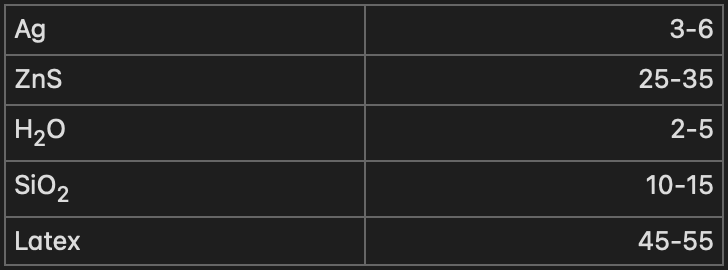
The novelty of the proposed solution is the creation of a method for protecting biological objects from the effects of penetrating radiation of a class poorly studied to date, namely MagnetoToroElectric Radiation (MTER). The name of the radiation is based on its nature - these are streams of photons and clusters of them, formed as a result of the polarization of matter near electric charges and later, for various reasons, lost these charges. Such polarising configurations of matter, generally almost electrically neutral without a net charge, can remain stable for some time and then decay with the release of energy large enough to cause damage to biological objects, such as the cells of a living organism.
Within the framework of a theoretical model, verified experimentally, MTER clusters are weakly polarized, therefore they stick to “hole” luminescence centers and to weakly electrified (with the + sign) surfaces (see, for example, Dubovik V.M., Dubovik E.N., Krivitsky V A. Review of the current state of experimental studies of strange radiation. Electronic resource. Access mode URL (Dead link) - [Found here, download pdf and machine translation here - Bob Greenyer]
The use of a phosphor as a finishing coating for a room, allows you to visually control the process of radiation absorption and, if necessary, increase the phosphor layer to the required thickness during the operation of the room.
The proposed technical solution meets the criterion of "industrial applicability" because it is reproducible and available for implementation.
An example of the implementation of the method
After the construction and finishing of the premises for an individual residence of a family of 4 people (country house), it turned out that the well-being of those living in it began to noticeably worsen. There was insomnia, a feeling of heaviness in the body, a feeling of lack of air, increased fatigue.
The geo-base of the building site was analyzed and it turned out that under the bedrooms of the inhabitants of the house there are deep faults in the earth's crust, which are sources of an intense flow of MTER.
To ensure the protection of the inhabitants of the house, the floor and ceiling of the basement floor, which occupies the entire area of the house, was covered with a composition based on strontium aluminate of the following composition, wt.%:
The coating thickness was 0.6 mm.
A week later, the well-being of the inhabitants of the house improved significantly, complaints of insomnia ceased, and the desire to sell the house disappeared.
Example 2
The intensity and characteristics of MTER can be judged from the intensity and characteristics of craters that appear on photographic emulsions when MTER clusters adhere to them. The protective properties of paint based on zinc sulfide from MTER, emanating from a duralumin plate irradiated with a Co-60 gamma radiation source at a dose of 5 Gy, were tested. Luminescent composition by weight: Ag - 5%, ZnS - 35%, H2O - 5%, latex - 55% was coated on the inside of a cardboard box measuring 20×20×10 cm. Coating thickness - 0.1 mm. The duralumin plate was irradiated at the Nuclear Research Laboratory of the Joint Institute for Nuclear Research at the Rockus facility. After irradiation, the plate was checked for the absence of radioactivity. Then, two pairs of photodetectors facing each other with photoemulsion layers and packed in opaque bags were placed on the plate. The first package with a pair of photodetectors was located at a distance of 2–3 mm from the surface of the duralumin plate. The second package was placed in a box, painted from the inside with a luminescent composition, at a distance of 10 mm from the plate. Exposure was carried out for 60 minutes with photodetectors shaken every 15 minutes. There were 3 exposures in total. After developing the photodetector films, dark spots in the form of “birds” were counted, which were taken as a trace from the MTER cluster. The total number of "birds" on photodetectors outside the box, painted inside with zinc sulfide paint, 10 counts, on photodetectors inside the box - 5 counts. Thus, a 0.1 mm thick layer of fluorescent paint based on zinc sulfide attenuated the MTER flux by a factor of two.
Claim
A method of radiation protection, according to which a shelter is created in the form of a room from building elements that are made with layers that have the properties of thermal insulation, heat storage, radiation protection, characterized in that one of the layers of radiation protection is performed by applying luminescent material to the free surfaces of building elements compositions.
The method according to claim 1, characterized in that one of the layers of radiation protection is performed in the form of an internal finishing coating of the room.
The method according to claim 1, characterised in that the luminescent composition is made from the following ingredients, wt%:
The method according to claim 1, characterised in that the luminescent composition is made from the following ingredients, wt.%:
NOTICES
MM4A Early termination of a patent due to failure to pay the maintenance fee on time
Patent termination date: 11/23/2016
Date of making an entry in the State Register: 27.07.2017
Publication date and bulletin number: 27.07.2017 Bull. #21
Thank you for listening to RemoteView.ICU





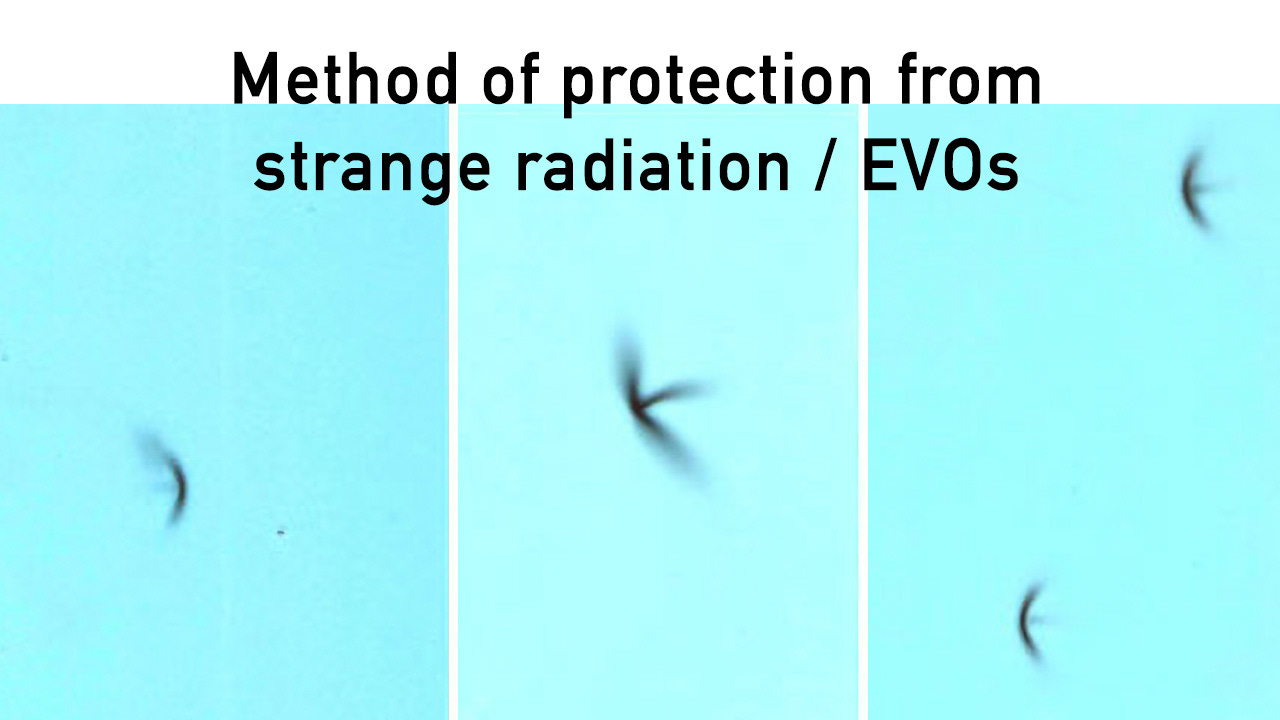
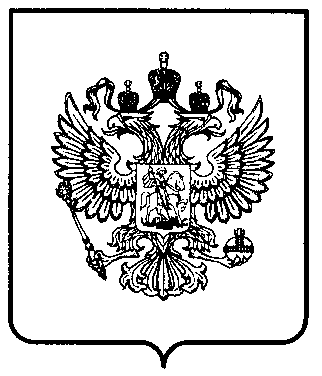


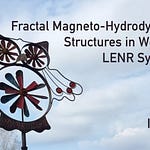
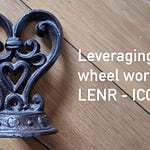

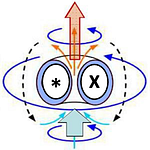
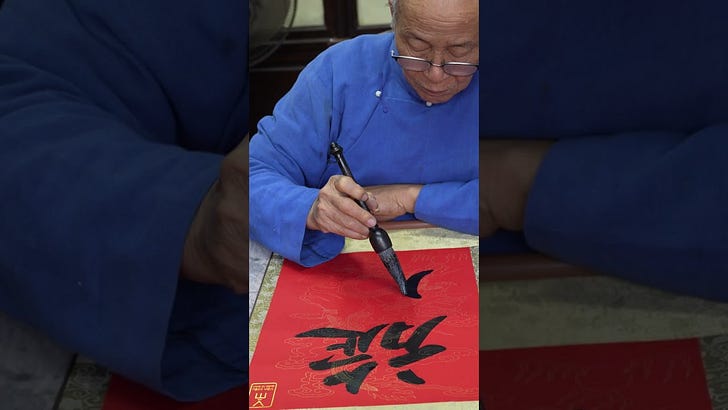
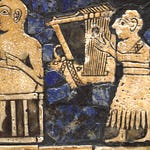


Share this post